 “In nothing do men more nearly approach the gods than in giving health to men.” – Cicero
“In nothing do men more nearly approach the gods than in giving health to men.” – Cicero
Most of you know by now the difference in an Autologous stem cell transplant and a Allogenic stem cell transplant. The Auto is using your own pre-collected stem cells to boost your wiped out immune system to help it recover. An effort to eradicate the Multiple Myeloma cells rampant in your body with high dose chemotherapy. When this is done, you have no more stem cells (White Blood, Red Blood and Platelets) in your bone marrow. Giving you back some of your own stem cells helps you to move from zero immune system to a weakened immune system, but one that has some fighting chance of beating back infection. The Autologous transplant has a very low morbidity, 3% generally and 1% in a seasoned transplant center. (So the good news is, you’ll survive it easily, the bad news is that what it does to your immune system long term is why folks often choose a less invasive path. It’s a fair and continuing argument.)
(Have you ever wondered what if there are MM cells in your collected cells? Well, I asked about this, and was told that any left over MM cells in your collected cells die in the freezing process. That’s pretty cool. Couldn’t we just refrigerate ourselves for periods of time? Just kidding… I have a very simple thought process.)
What we don’t know in MM though, is why your body triggered an overproduction of plasma cells (MM cells) in the first place. So while they can clean it all out from every nook and cranny, they haven’t addressed what caused things to go awry in the first place. So this is why it seems, for many, only a temporary solution, and thus the trend in cancer treatment now to have some sort of maintenance chemo to suppress the body’s attempt to continue producing cancer cells.
“The transplants are a “reboot” and the maintenance is “BIOS”. – Dave (my hubby)
(On virtually every computer available, the BIOS makes sure all the other chips, hard drives, ports and CPU function together.) What can I say, he’s a telecom engineer, about as geeky as they come.
So what about the Allo? The Allo is used in Leukemia patients. A donor provides the stem cells. It is deemed better if the donor is related, a sibling. If it is unrelated (MUD – matched unrelated donor), there seems to be a higher rejection issue. (UPDATE: No longer true. An unrelated donor who is a good match is just as good if not better than a related donor that’s not as good a match. Per my discussion in 2016 with Dr. VanRhee at UAMS.) The morbidity is much higher, in the 30% range. I won’t get into all the scientific details on this, I leave that for others. I just want to give you a general understanding and then if you need to, because of your situation, you can research it further for yourself.
I asked a local oncologist, curious cat that I am, why it is that Leukemia patients always have an Allo when the morbidity is so much higher? He said that Leukemia patients, unlike Myeloma patients, are so impacted that they cannot collect their own stem cells, they are simply unviable. They will die without the transplant, 100%, so for them, the risk is worth it. For Myeloma patients who have viable stem cells, it is better to take the lower risk path first.
So what is the “Mini-Allo” you may have heard about anyway? I suspected it was a way to use donor cells to treat a relapsed patient who had had Auto-transplants to no avail, while at the same time reducing the morbidity rate. Well yes, this is all a correct assumption. But what is it exactly? Well, the Mini-Allo uses less chemo (that sounds good already) and does not do a full-on wiping out of all your cells. It leaves enough of your cells that the donor cells can mingle. In doing that, it reduces the rejection issues, and the morbidity rate drops down to 10%. Now we’re talkin’.
Only if you have what is called a graft-host rejection from the Mini or the full Allo can you truly be cured of Myeloma. The problem is, you have to survive the rejection. Thus, it is still only recommended when all other Herculean efforts have been made (ugh!) before giving this last ditch effort a go.
There have been studies on the single vs. the tandem transplants, and also a single Auto/Mini have been compared to the tandem Autos. Right now, no data that supports better “overall survival” doing tandem autos vs. single auto/mini or full allo. Since tandems have the lowest morbidity and there seems to be no advantage to the other with higher morbidity, they others are not generally recommended. Anyway, I was just curious about what a “Mini-Allo” actually is and its underlying hopes for treating Myeloma patients. As with all things Myeloma-related, the jury is still out, and the research continues.









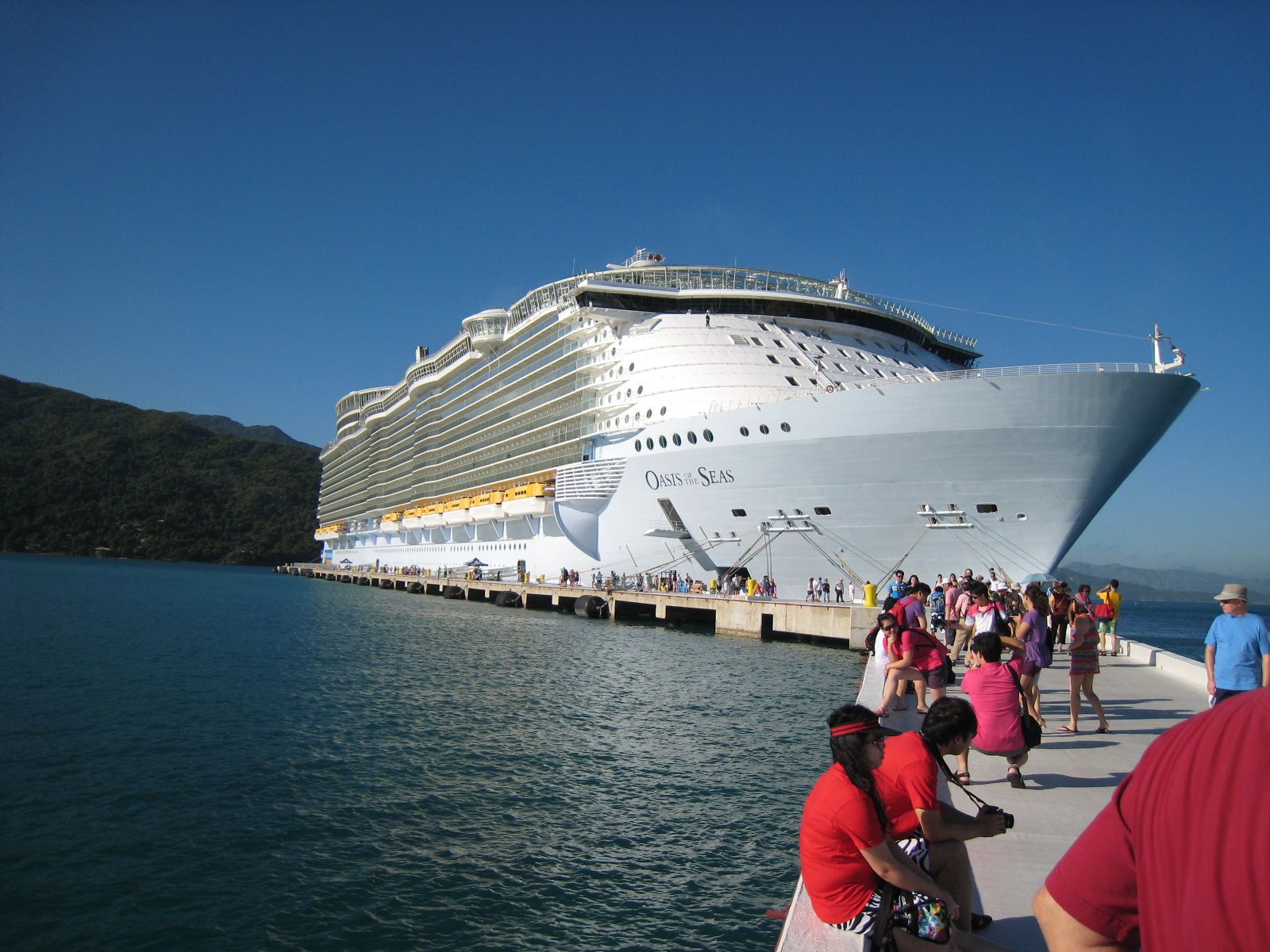
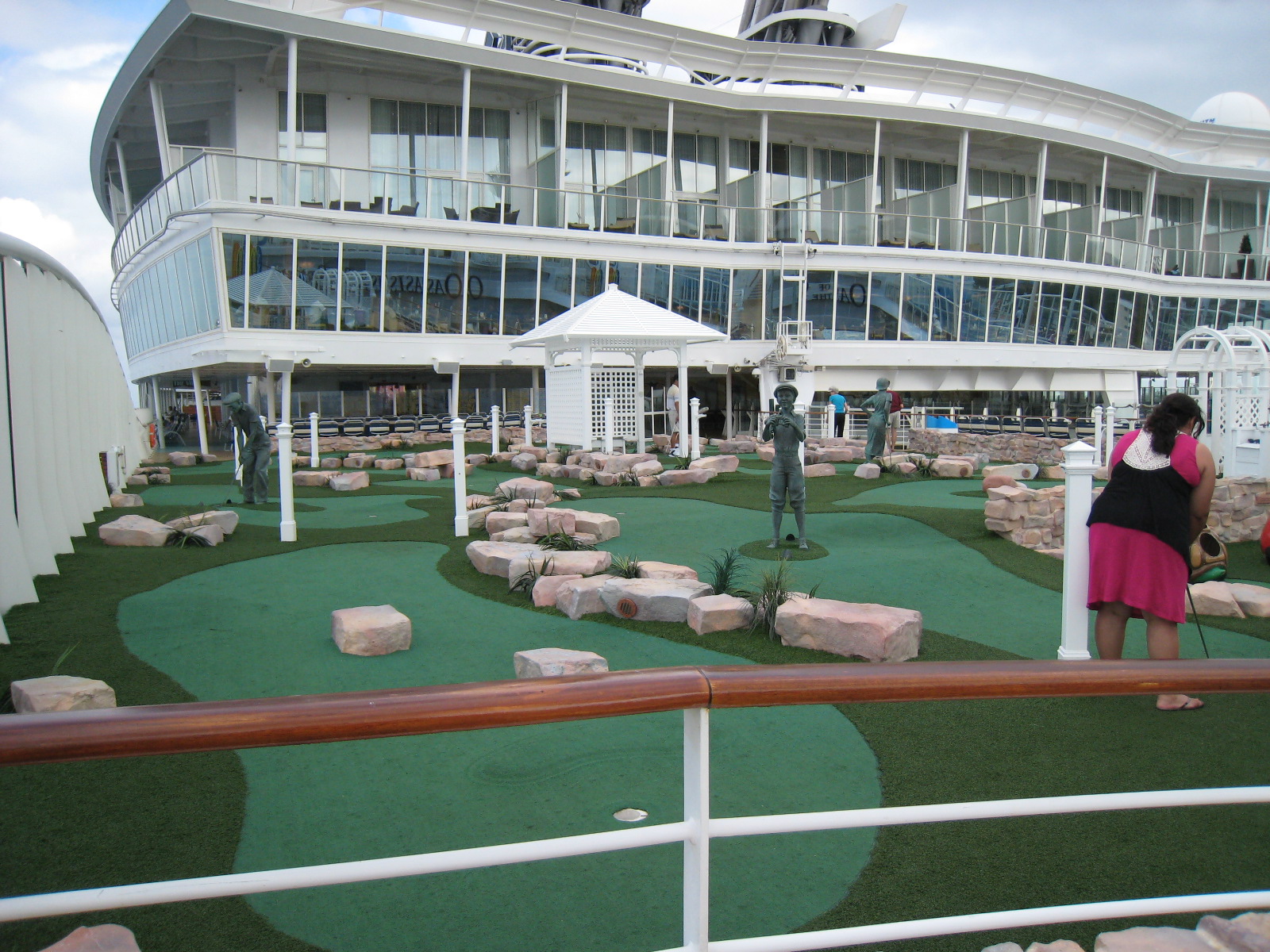
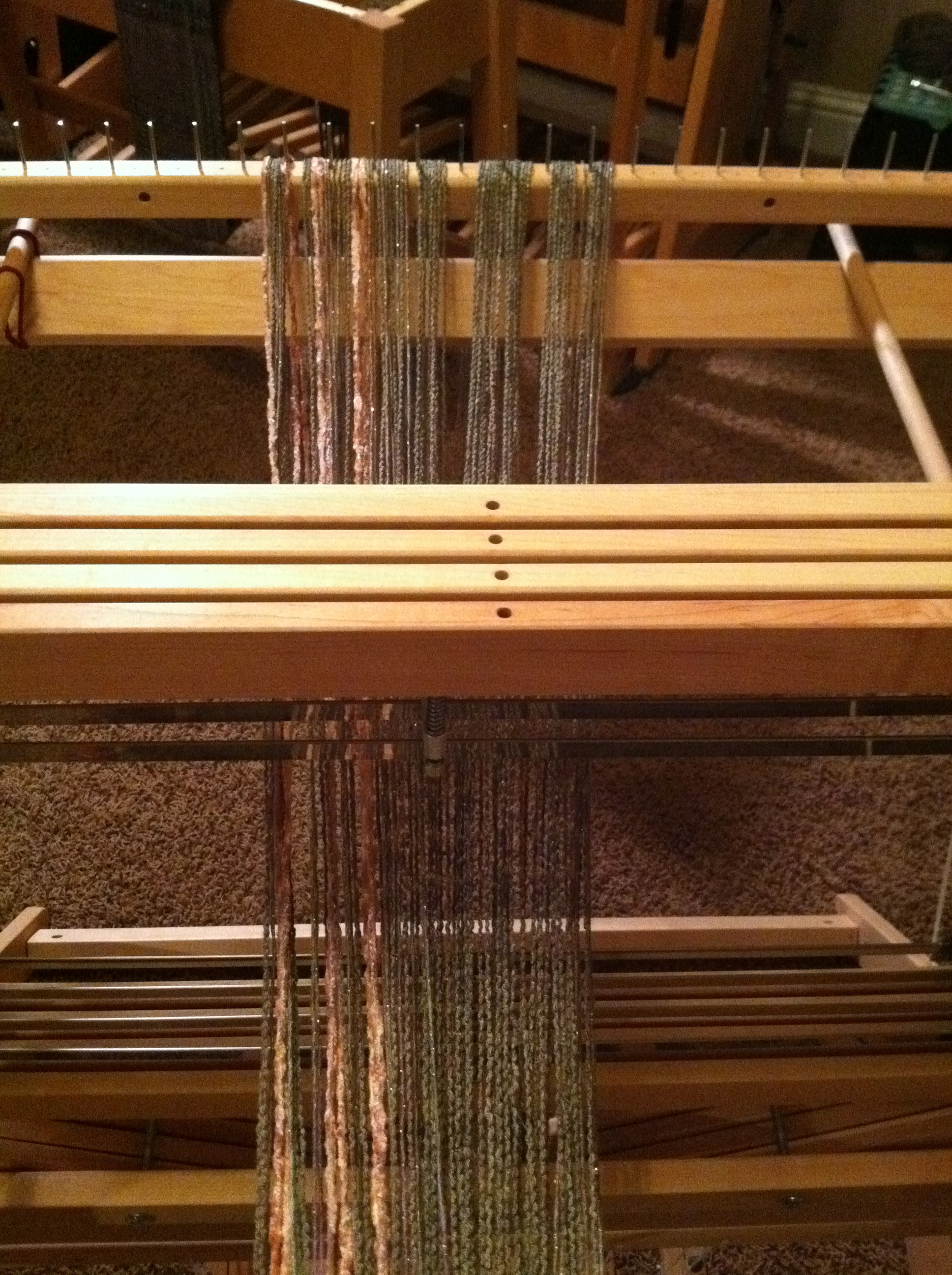
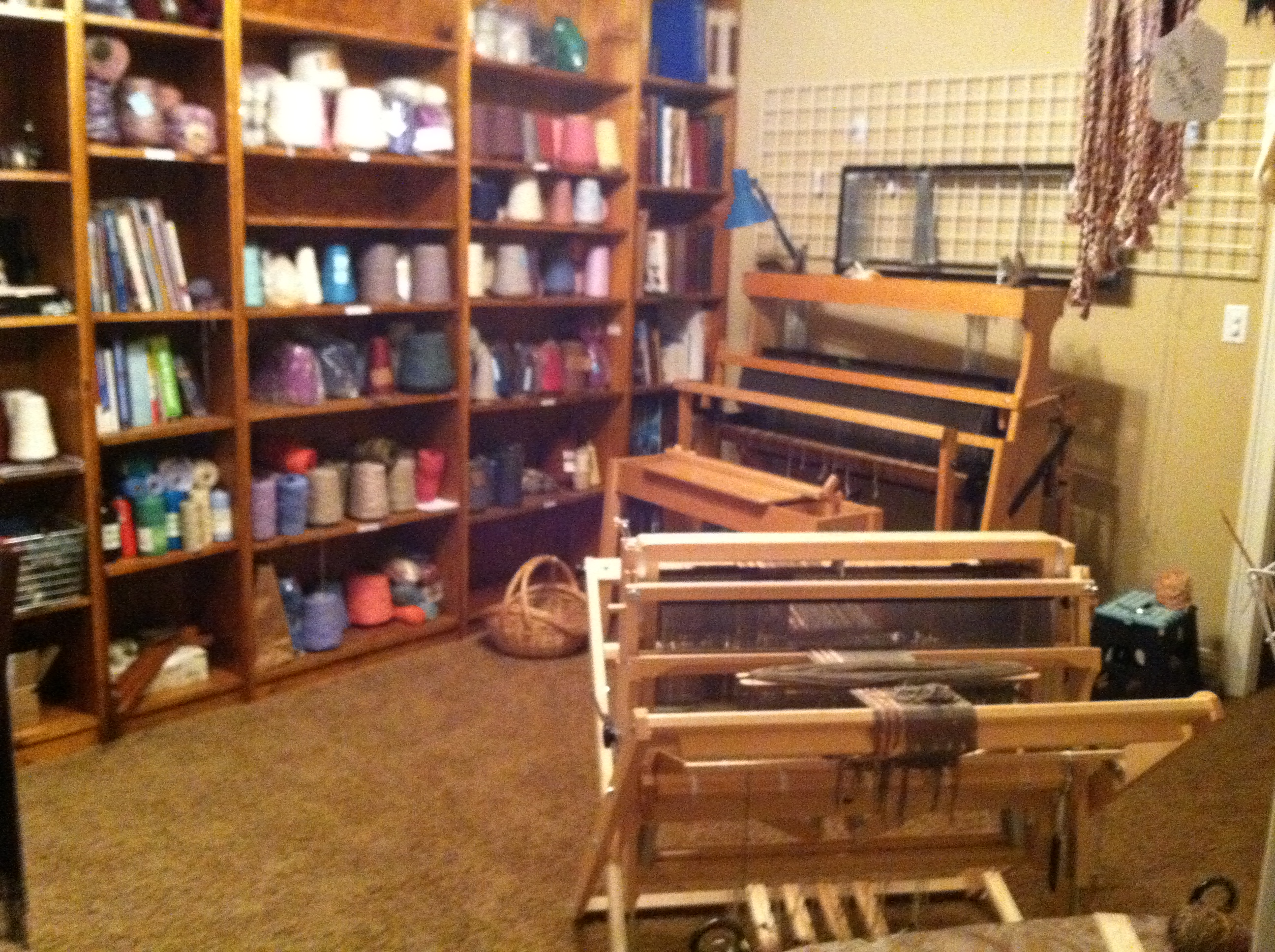
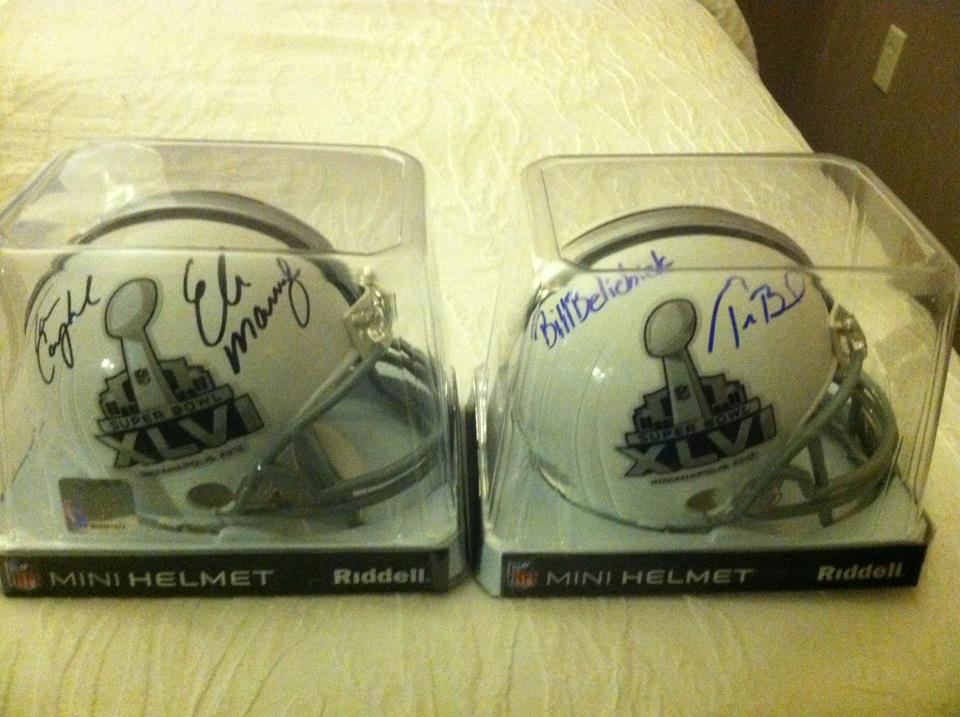
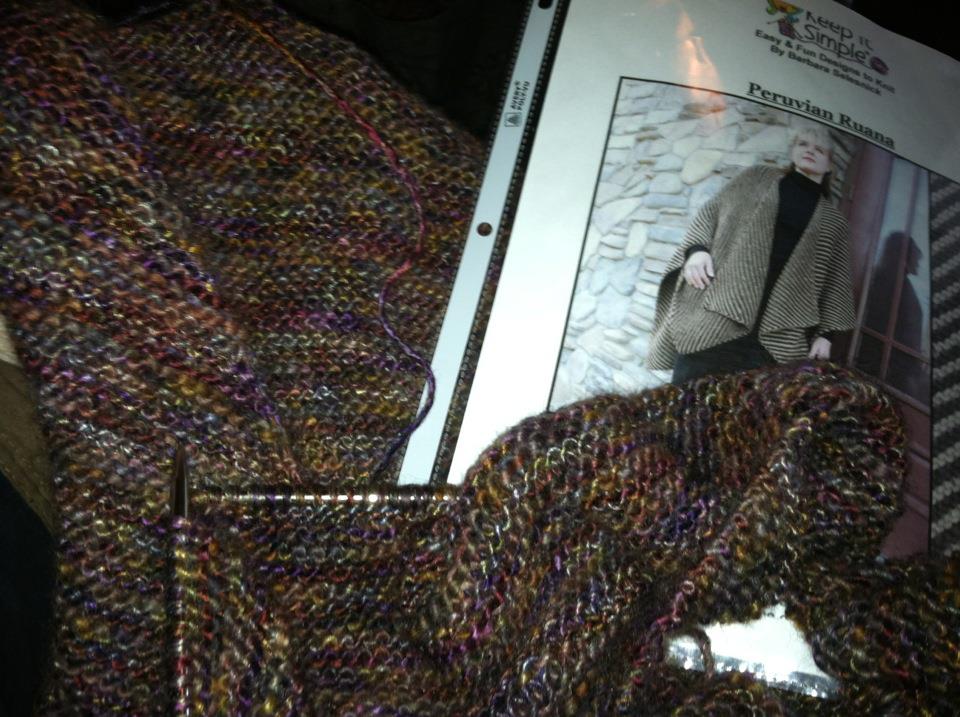
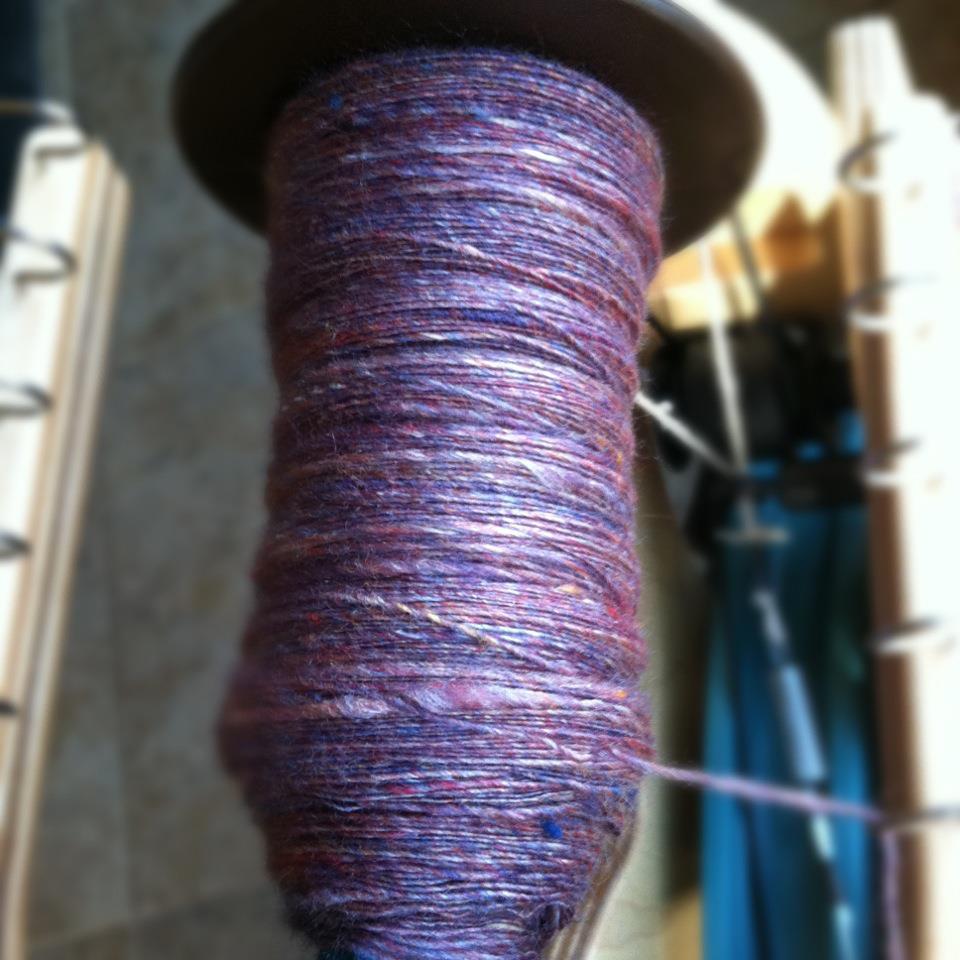
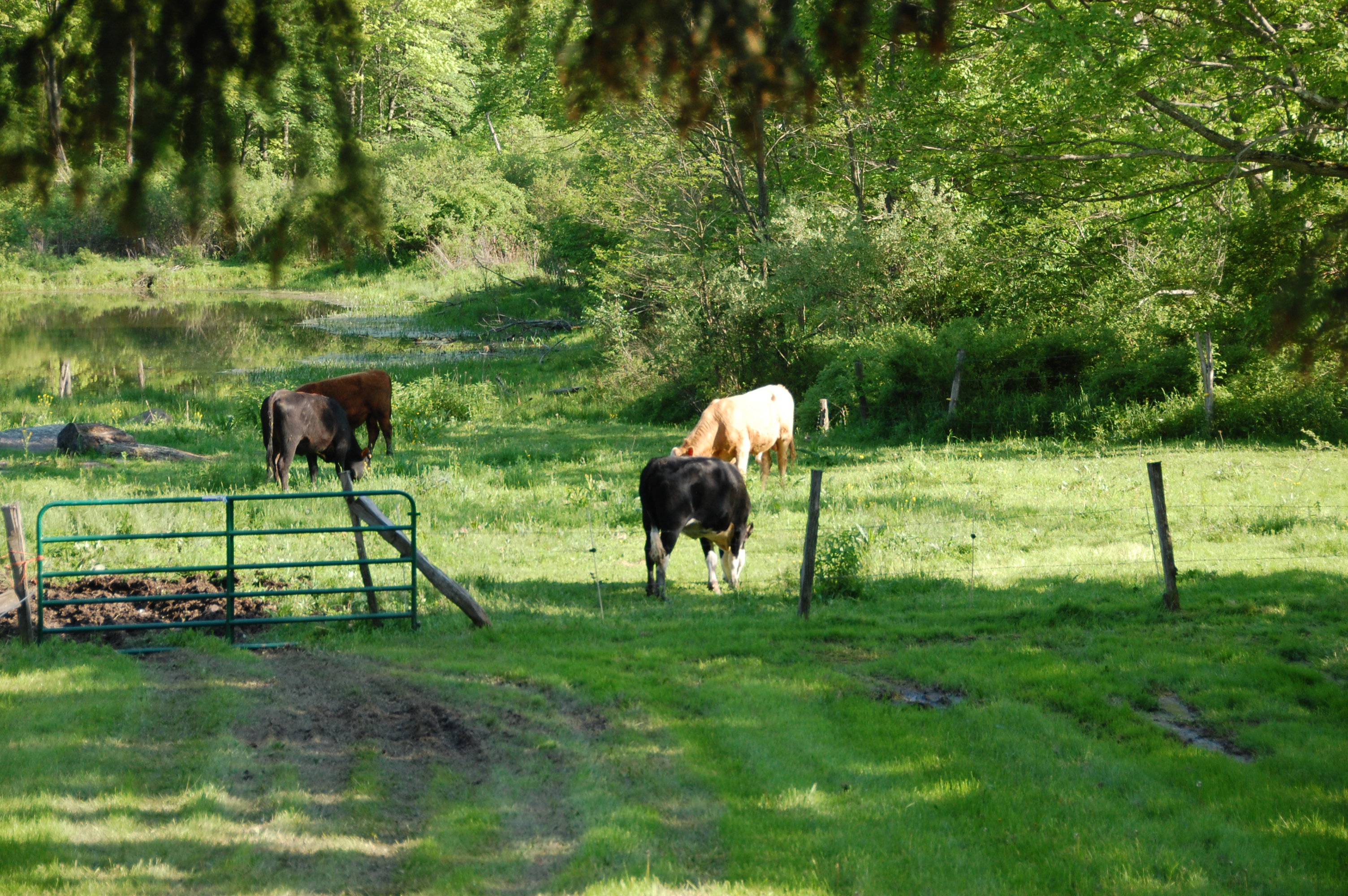
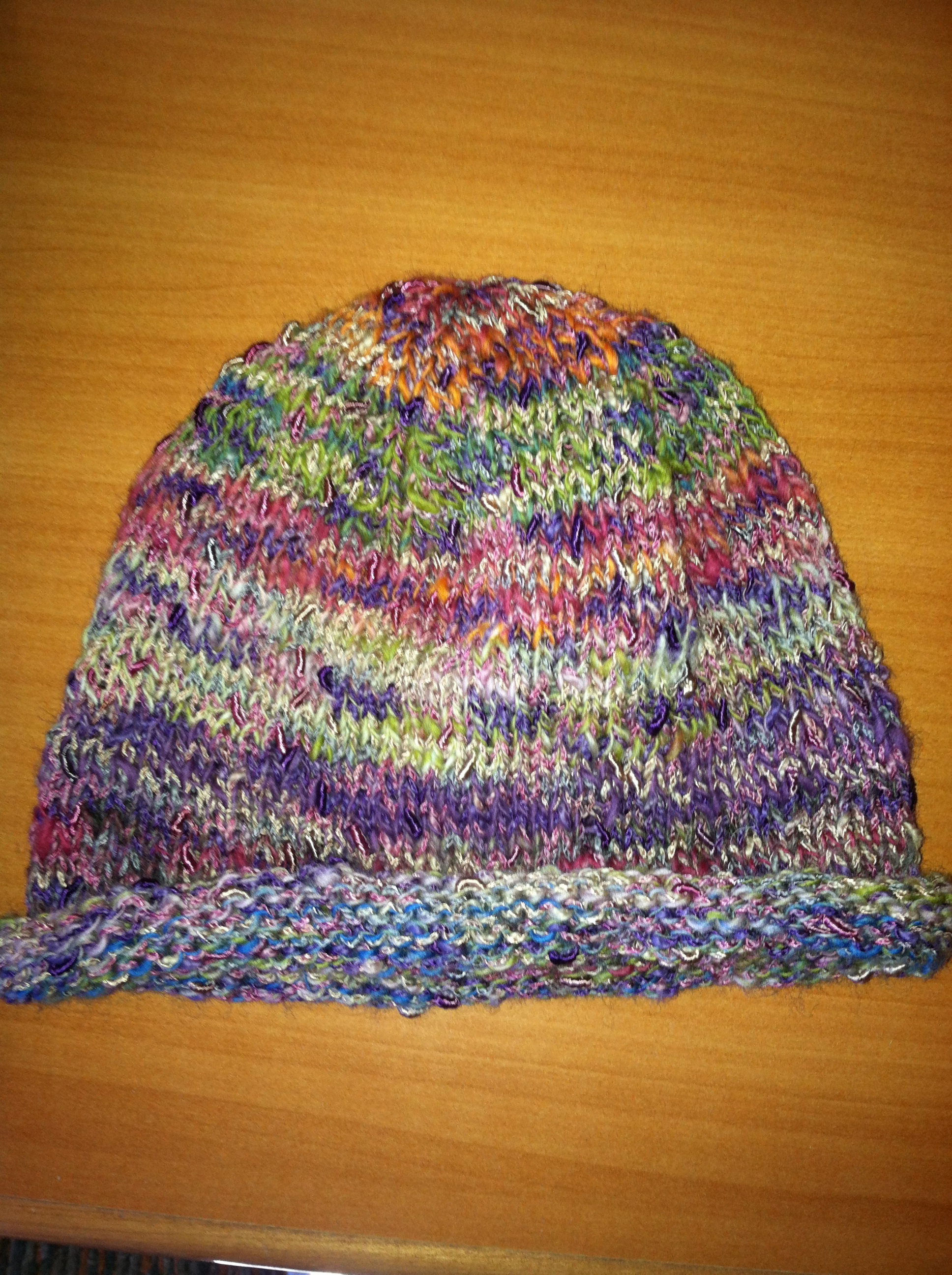



I’m glad you like my quotes Julie. It’s a throw back from my many years as a professional calligrapher perhaps. Far better folks than me, have said it better, so I enjoy now, on the world wide web, accessing them!
Good luck with your journey through Myeloma Julie. “Life isn’t about waiting for the storm to pass. It’s about learning to dance in the rain!”
I love your quotes. I have a favorite Bible verse for this time of my life with multiple myeloma. It fits with the de Chardin quote a bit:
For none of us lives to himself, and no man dies to himself. For whether we live, we live unto the Lord; and whether we die, we die unto the Lord: whether we live therefore, or die, we are the Lord’s. For to this end Christ both died, and rose, and revived, that he might be Lord both of the dead and living. Romans 14:7-9